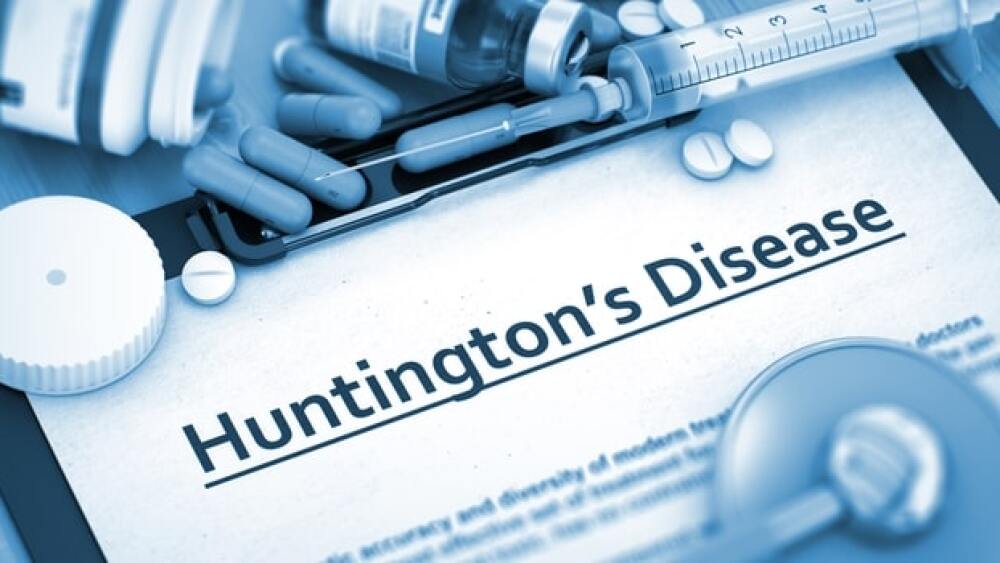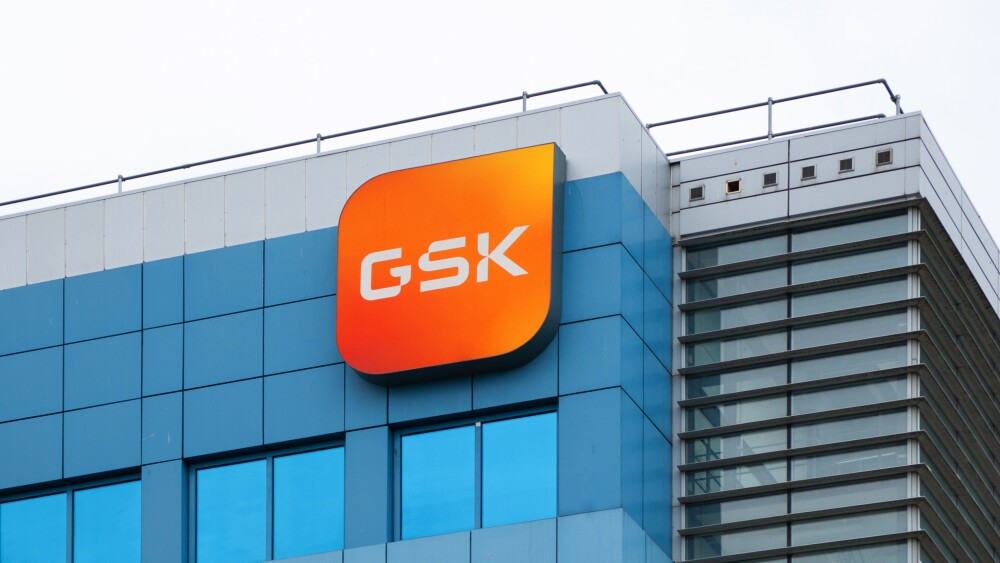In June, it dosed its first two patients using a novel therapeutic, AMT-130, delivered directly to the brain. Initial readouts are expected in a year’s time.
Gene therapy pioneer uniQure launched the first-in-human adeno-associated virus-based gene therapy clinical trial for Huntington’s disease. In June, it dosed its first two patients using a novel therapeutic, AMT-130, delivered directly to the brain. Initial readouts are expected in a year’s time.
Huntington’s disease is a hereditary disease that affects approximately 70,000 people in the U.S. and Europe. It manifests in the loss of muscle coordination, behavioral abnormalities and progressive physical and cognitive decline. The condition is caused by a single genetic mutation that causes the CAG trinucleotide in exon 1 of a multifunctional gene coding the huntingtin protein to expand. As yet, there is no treatment to prevent, delay or ameliorate Huntington’s disease.
“mHTT, the protein produced by the mutated gene, is formed in multiple locations throughout the body, but the brain is especially sensitive to it,” Matt Kapusta, uniQure CEO, told BioSpace. “It manifests deep in the brain, which creates a delivery problem (for therapeutics trying to treat it).”
uniQure used its miQURE™ silencing technology to deliver a therapeutic to suppress the mutant protein and reduce the protein aggregation that contributes to the decline in neuronal function.
AMT-130 uses a non-pathological viral vector to deliver DNA to target cells intraoperatively. For Huntington’s disease, the DNA codes for micro RNA that binds to messenger RNA that codes for the mutated protein, degrading it so the messenger RNA can’t produce the protein. The therapeutic is delivered directly into deep structures with in the brain – the striatum and putamen, where Huntington’s disease manifests – by a catheter the size of a human hair.
“With MRI, you can watch the target structure fill with the therapeutic,” Kapusta said. It then spreads into the cortex. He expects the effects to be durable.
uniQure’s Phase I/II study is designed for a staggered enrollment of a total of 26 patients. Of the first two patients, Kapusta said, “One received the treatment and the other underwent anesthesia and had a small burr hole made in the scalp and then filled with a bone matrix.” In the first cohort of 10 patients, 6 will receive the therapy and 4 will have imitation therapy. After 90 days, a second cohort of 10 patients will receive the treatment and 6 will receive the imitation.

“We will evaluate a host of endpoints, including safety and tolerability, biomarkers, imaging technology, and the clinical data for motor and neurocognitive symptoms over time, compared with baselines and natural history,” he said. “The treated patients will be followed for five years.”
After 12 months, the company expects to be able to assess biomarkers that may indicate whether the treatment is successful. Clinical data for cognitive and motor skills may not be measurable until two years after the treatment. Those measurements are based on the natural history of disease, at an aggregate level, and MRI measurements of atrophy to the putamen region of the brain.
“The blinding period is 18 months. After that, patients will know whether they received the treatment and, if the treatment is deemed safe, they may – if they still are eligible – be able to cross over into the treatment group,” Kapusta said. “We’ve spent the past seven years developing a proprietary technology to safely deliver the construct and ensure it’s silencing the mutant gene but not off-target proteins.”
Projects in large mammals showed that the drug could be administered safely and that it could deliver the therapeutic to the pathological areas of the brain that are implicated in the disease. Depending on the dosage and the area of the brain to which it was delivered, AMT-130 suppressed between 25% and 75% of the mutant protein. “There’s no idea yet of the level of suppression needed for clinical benefit.
“In mouse models, AMT-130 suggests the ability to restore neuronal function. That was surprising,” he said. “That suggests that when aggregation of protein around the neurons is reduced, those neurons can be nursed back to health and their function can be restored.” If a neuron dies, however, its function can’t be regained. “Animal data suggests that treating patients as early as possible, before atrophy sets in is important.”
The next steps are to drive recruitment for this study, follow the patients and aggregate the data to learn whether it delivers the desired effects. “By next year we expect to have the initial data on the first patients,” Kapusta said.
Competitors also are developing treatments for Huntington’s disease, but those therapeutics require “chronic administration in patients’ spinal fluid or an oral construct that will cross the blood brain barrier,” Kapusta said.
uniQure’s AMT-130 was granted orphan drug designations from the FDA and the EMA, and Fast Track designation from the FDA.
In 2012, uniQure became the first company to get FDA approval for a gene therapy. Now it is building on its platform to bring the therapy to a range of gene-defined CNS and liver-directed rare diseases, including hemophilia.






